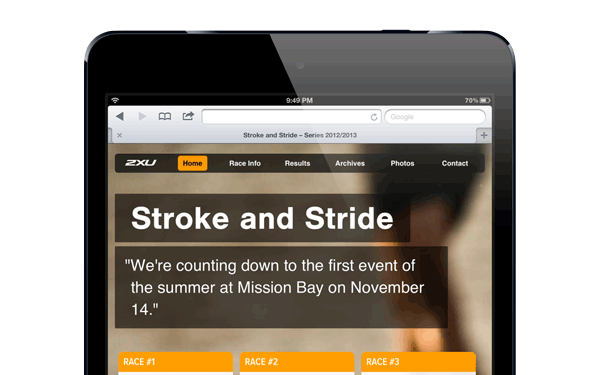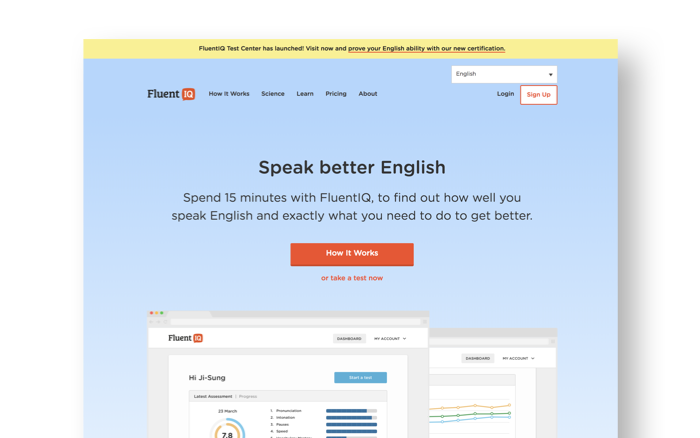Proof of concept
When I joined the company, the product existed as an early proof of concept; a once-through, anonymous assessment that only required an email so that results could be sent. Base designs for the next implementation had been drawn by the CEO and were in the process of being built. Development was ramping up on the underlying platform by the CTO.
My first task was to progress the designs to a complete state while still remaining within the style that had been drawn so far, and to work with our CTO to implement these into an updated proof of concept.
Example assessment modules for the first update of the proof of concept.
Early testing
Early traction was made with local schools and universities which faced an industry-wide problem with overseas enrolments. A minimum level of English is necessary for an “English as a Second Language” (ESL) student to have a reasonable chance to live and study effectively, however, the existing English assessments used to measure their ability were not necessarily a good indicator.
We worked with two educational institutes to run early trials of FluentIQ on existing students. I worked with our linguist to carry out R&D into the effectiveness of the assessment and to learn how our assessment could fit their needs. These early trials were carried out manually for which I created PDF results for each student and created a simple dashboard for the school administrator to overview results which I updated after every test.
Manually created PDF results and admin area used for our first batch of testing.
Public release and business trials
Further progress on the platform led to the first public release. I had progressed the product from the anonymous, once through proof of concept to a more complete service with user accounts and assessment history. I continued to work with our linguist to run R&D which led to further improvements in the assessment and greater confidence in its effectiveness. At the same time, the assessment was expanded to involve a more comprehensive range of tasks. I also helped to improve the marking system to make it easier for assessors.
Customer learnings was a particular area that I focussed on to feed back into our product iterations. I handled the bulk of customer support and began customer outreach; contacting individuals who had found their way to our assessment, learning their motivations for trying it, and how it fit their needs.
Alongside educational institutes, we gained traction with businesses who were also looking for a more accurate measure of real world English ability. Trials began with local businesses for use in hiring. This testing was semi-automated in that the initial setup was done by us but ongoing administration was done via an admin interface that I designed and built for these trials.
The next iteration of the self-service admin area, built for this round of business trials.
Increased testing
Increasing discussion with educational institutes led to comprehensive trials at three locations. Each involved between 100 to 200 students over several days. These sessions enabled user testing over a wide audience and collecting impressions of the test from a test-taker’s perspective. From the schools perspective, we continued to learn their needs when vetting new enrolments and monitoring existing students, and they advised how FluentIQ could fit within their school.
Trials being carried at educational institutes.
I iterated the admin area again for the wider trials to enable the schools to monitor individual students and also give insights into the language errors across a cohort.
Focussing on business
The last project I worked on was to improve FluentIQ for business use as we continued to run trials with local and overseas businesses. I worked with our lead developer to introduce ways to help prevent test fraud and improve performance of the assessment. I created a digital certificate (with verifiable ID number) so that the applicant could share their score by linking to it in their job application. This could also be attached to their LinkedIn profile as a certification. For instances where businesses would invite applicants to do FluentIQ, workflows were created for businesses to be able to invite and receive scores that fed into their existing hiring process.
Digital certificate that could be shown as a certification in LinkedIn and verified on the business focussed website I built.

